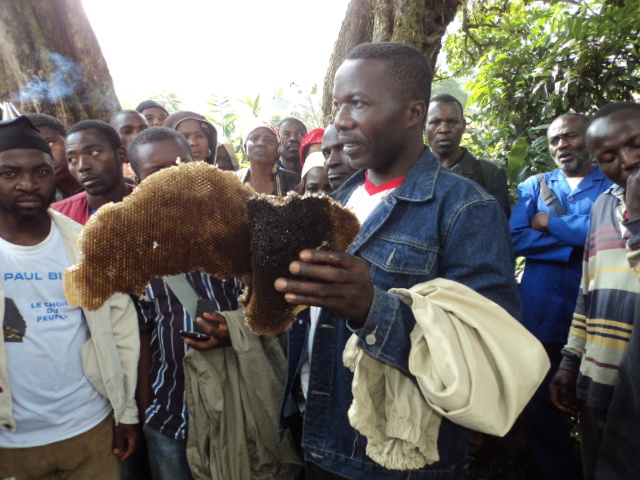

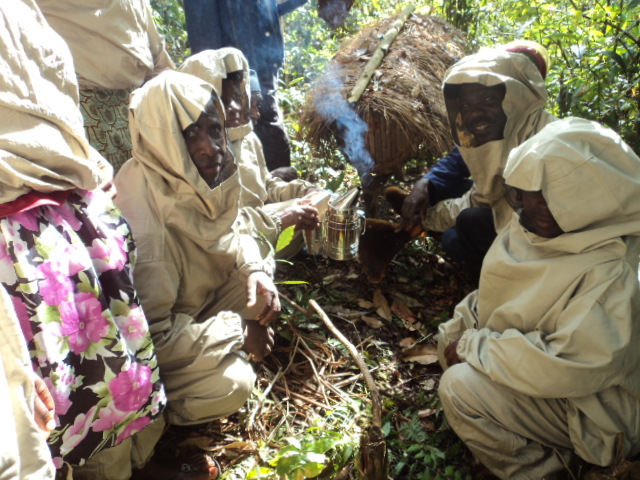
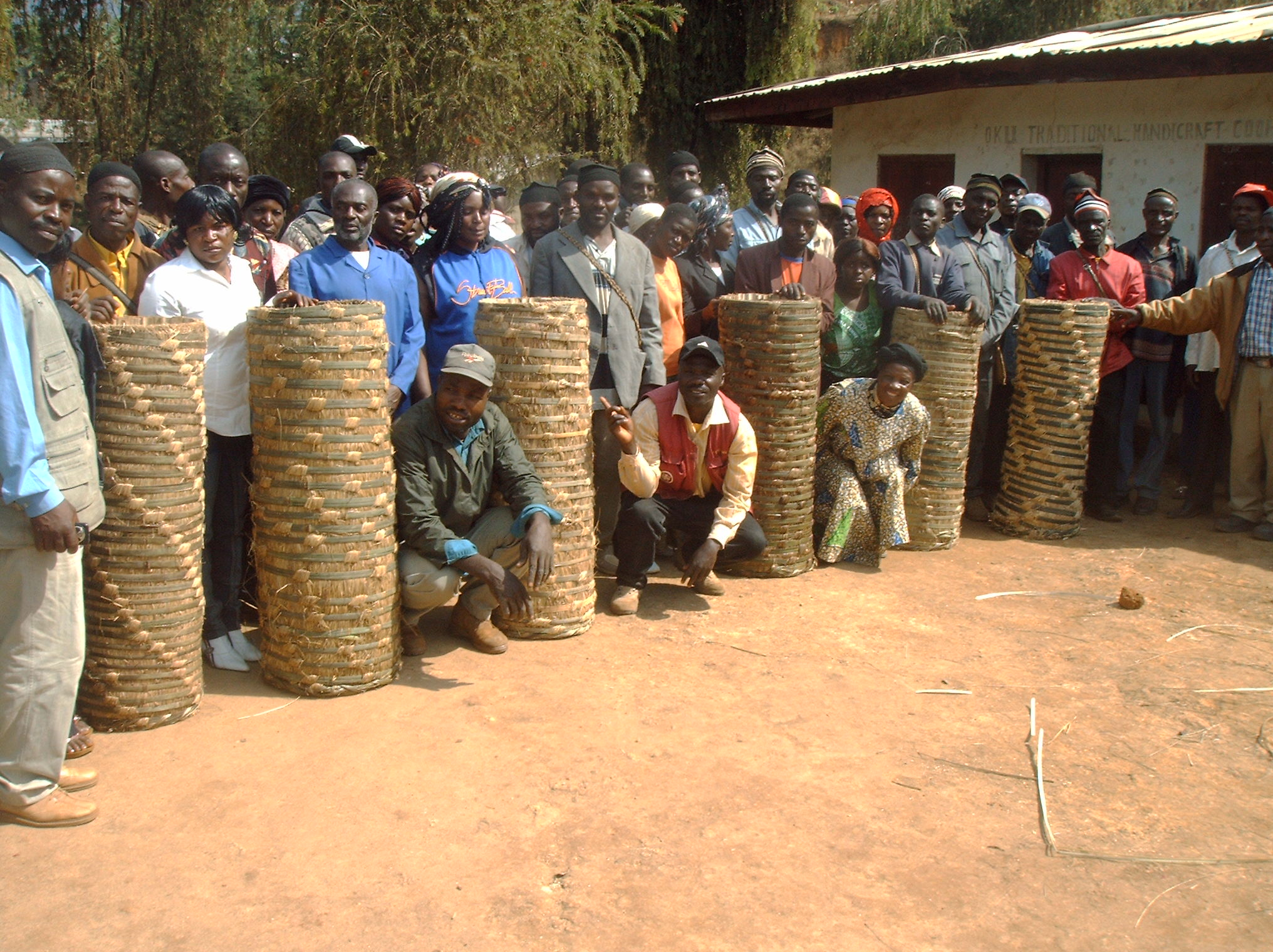
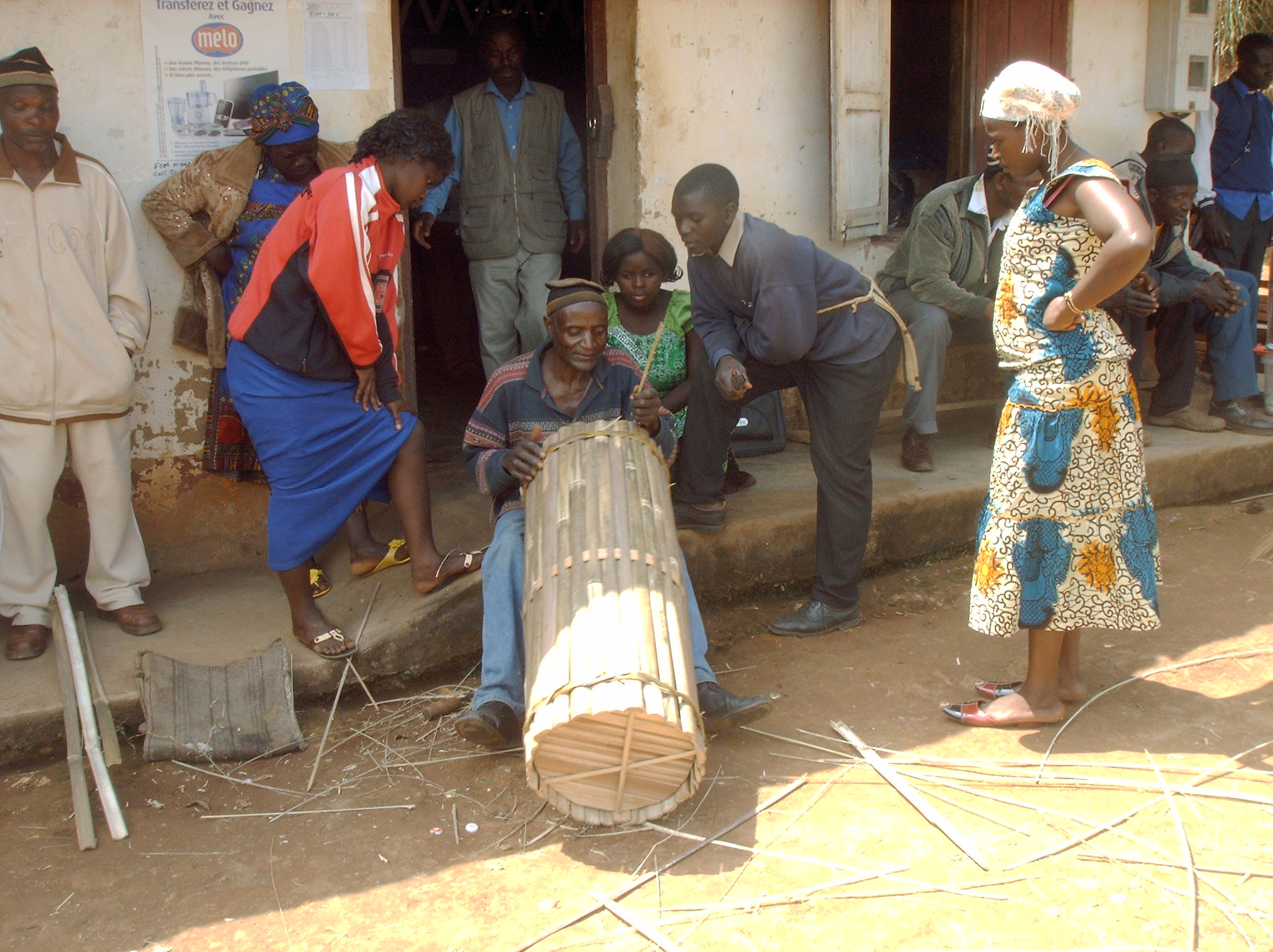
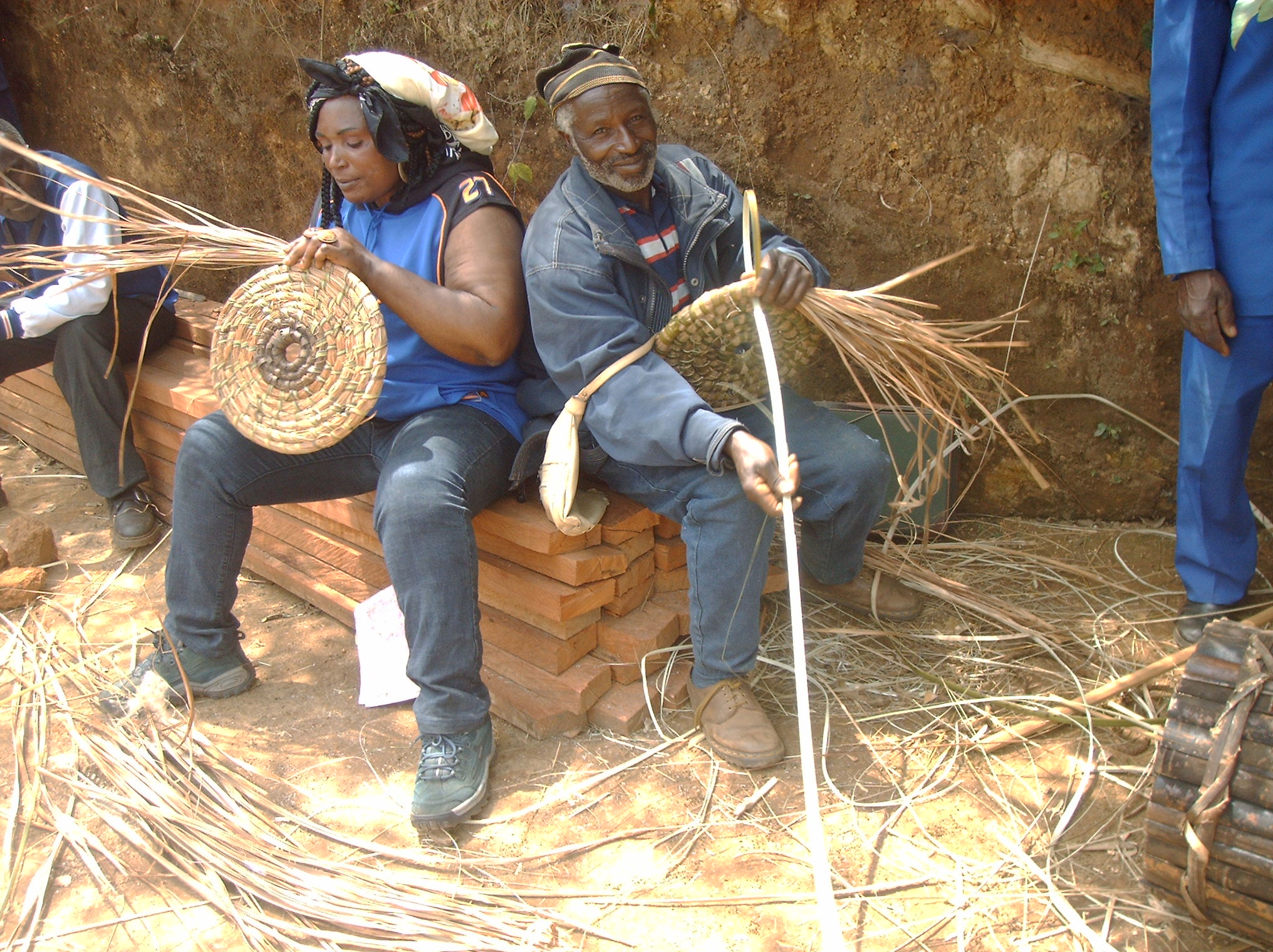
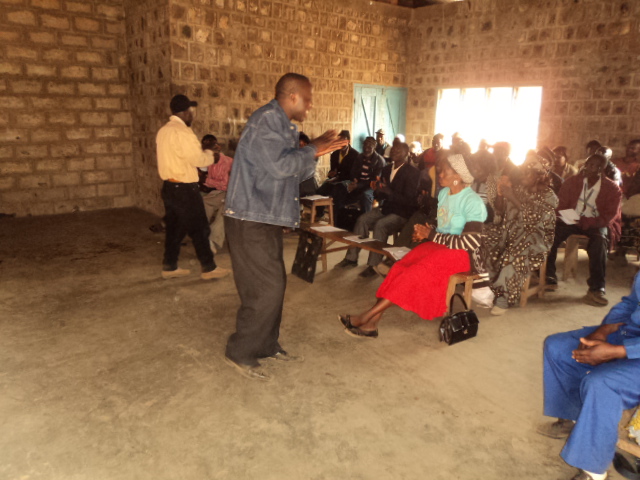
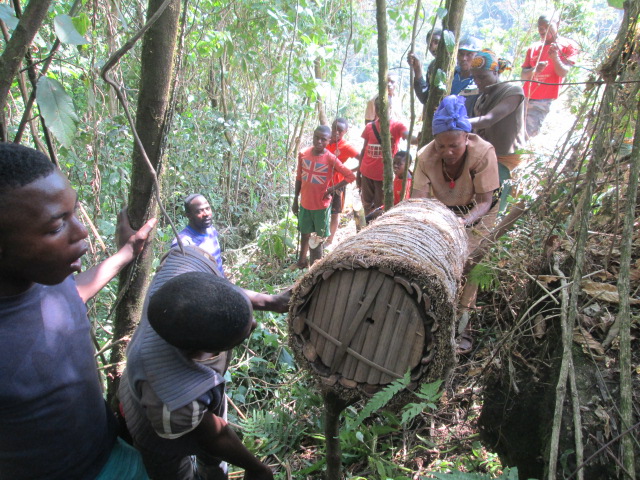
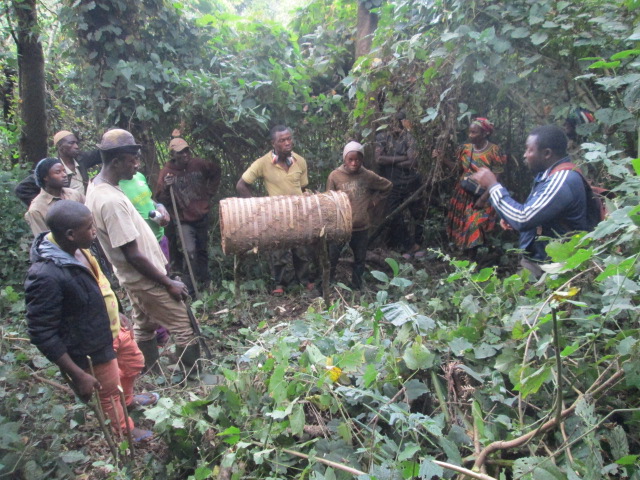
The forests of Mount Kilum Ijim cover an area of 20.000 hectares. They are vulnerable to many threats, such as the extensive agricultural and animal-farming development, deforestation and bush fires that endanger the ecological balance. Bush fires are caused by cattle rearers at mountain tops or by farmers using slash-and-burn at the boundary of the forest. The engagement of forest institutions and population in biodiversity protection needs to be guaranteed through conservation actions and livelihood improvement opportunities. With a variety of melliferous plants, this unique forest allows for production of high quality honey. The development of beekeeping is a solution to reduce threats to biodiversity by increasing income for local communities. CAMGEW has used apiculture as a tool to fight bushfires by engaging community members on beekeeping. When community members become bee farmers and own beehives in the forest, they prevent bushfires, and if bushfires occur, they directly put it off to protect their beehives. CAMGEW has trained 824 bee farmers as trainers, who trained 436 others in honey and wax production. Bee farmers received 617 beehives as starting point and have constructed 1972 more.
Apiculture is an income generating activity that creates jobs and increase income. This makes it suitable for local communities
Apiculture in Kilum-Ijim does not need capical because beehives are constructed using locally available materials from the forest.
CAMGEW offers free training and provides trained bee farmers with start-up beehives
CAMGEW trains community members as trainers of trainers and also uses locally available consultants for the training, who are available all the time to support community members
Many youths have been involved.
Since the development of apiculture in the area by CAMEGW in 2012, the number of bushfires has been reduced to about 2 per year compared to 5-8 per year in the past. Bee farmers understand now the importance of protecting the forest and their beehives from bushfire.
The number of women involved in bee farming has increased. Some women carry out the activity separately and some have joined their husband to make it a family business and this has reduced costs for hiring workers. All income now goes to the household.
The quantity of honey produced has increased and this calls for a search for a steady market.
There has been specialisation in apiculture: Some communities are involved in either beehive construction for sale to community members, beehive mounting and colonisation, honey harvesting, collection of beehive materials, honey harvesting, honey marketing,
The health of the forest is a general community interest and this is seen in their engagement to put off bushfires when it occurs, to protect their beehives in the forest and bee forage like flowers in trees.